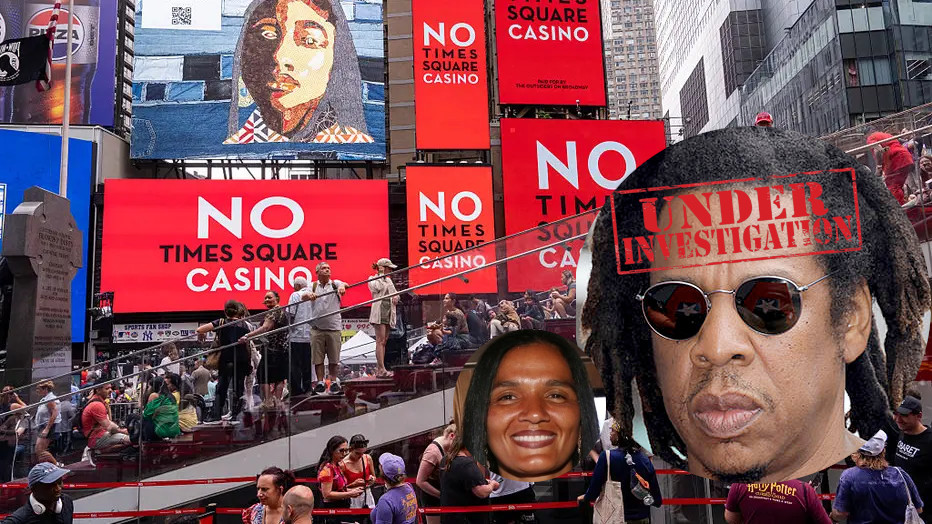NEW YORK (AP) — As nearly 150 world leaders were set to arrive in Manhattan for the U.N. General Assembly, the U.S. Secret Service was in the process of dismantling a substantial hidden telecom network in the New York area. This operation revealed a system that could have led to extensive disruptions, including the potential to cripple cell towers and disrupt emergency services like 911.
The network comprised over 300 SIM servers and roughly 100,000 SIM cards, strategically located within a 35-mile radius of the U.N. headquarters—representing one of the largest communications threats identified in the U.S. to date. The capacity to overwhelm cellular networks during the U.N. Assembly posed a serious risk, especially as the city faced increased congestion with foreign dignitaries arriving for the event.
A Broader Investigation Led to This Discovery
The discovery was made during a wider Secret Service investigation focused on telecom threats affecting government officials. The servers acted like banks of simulated cellphones, enabling mass communication that could flood networks.
Matt McCool, head of the Secret Service’s New York field office, explained the network's alarming capabilities, expressing concern that its existence could lead to significant chaos in a critical period. Fortunately, officials confirmed that there were no known immediate threats associated with the U.N. General Assembly.
Forensic investigations continue to determine whether the network had links to foreign operations or domestic threats amidst a growing concern over the security of America's urban communications infrastructures.
An Extensive, Expensive Operation
Upon raiding the facilities, agents discovered extensive setups of servers and active SIM cards. With the capability to send up to 30 million text messages per minute, this operation showcased the significant, well-funded efforts that could have wreaked havoc had it not been dismantled.
McCool notes that the impact of the findings aligns with past events where emergency communication systems became overwhelmed, like during the Sept. 11 attacks and the Boston Marathon bombing.
This probe serves as a stark reminder of the vulnerabilities facing modern cities. As McCool indicated, it’d be unwise to think that there’s not other networks out there being made in other cities in the United States, highlighting ongoing concerns about urban security in an increasingly interconnected world.



















